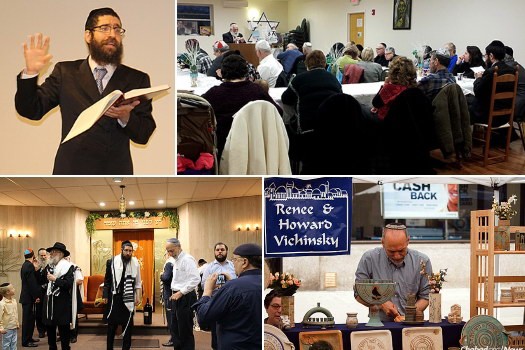
Community Marks 10-Year Study of Shulchan Aruch
by Menachem Posner – Chabad.org
It took 10 years, but a small but dedicated group in Kingston, N.Y., recently completed the study of the entire Kitzur Shulchan Aruch, the popular abridgement of the “Code of Jewish Law” authored by Rabbi Shlomo Ganzfried, the 19th-century rabbi of Ungvar, Hungary (now Uzhgorod, Ukraine).
“It was a long haul, but it was fun,” says 71-year-old Howard Vichinsky, who makes Judaica-themed pottery on an old farm outside of Kingston. “Most of us did not have a significant Jewish education, so this was a real eye-opener. There are so many details to Judaism. If you didn’t grow up with it, you sometimes you say, ‘Really? I never knew that!’ ”
The group was started by Chabad Rabbi Yitzhak Hecht, who leads Congregation Agudas Achim, the 150-year-old synagogue where the study took place on Shabbat afternoons. “When we began the course around 10 years ago, I never realized that it would be something that would occupy us for a decade. But it has been so gratifying to see how people have incorporated a lot of what we’ve learned into their daily lives.”
Since it was published in 1864, the Kitzur Shulchan Aruch quickly gained popularity as a preferred study text in large part due to its comprehensiveness, coupled with succinct language and clear organization. In addition to the English version used by the Kingston class, ithas been translated into many other languages, including Yiddish, Russian, Italian and Spanish.
Torah Part of Their Character
Several dozen well-wishers gathered at Agudas Achim on Purim Katan (“Little Purim,” which this year fell on Feb. 23) to celebrate the milestone with a traditional siyum, a festive meal that marks the completion of a tract of Torah study. In attendance was Rabbi Yisroel Rubin of Albany, N.Y., who oversees Chabad-Lubavitch activities in Upstate New York.
Speaking at the celebration, Vichinsky said studying halachah (Jewish law) was his way of ensuring that the special moments of inspiration, which he compared to the revelation at Sinai, would extend to the rest of his life and become a part of his very character.
The rabbi notes that one woman who attended told him that theism was especially meaningful since she had donated some of the books for the project. “She felt that the Torah learned was hers as well,” says Hecht, who came to Agudas Achim in 2001, “and rightfully so!”
When he and his wife, Leah, first started working with the congregation on a trial basis, they were met with fewer than two-dozen regular synagogue-goers—down from a high of 300 in the early 1970s, when the current synagogue building was completed. The Hechts also co-direct Chabad of Ulster County, which runs a Hebrew school, Gan Israel summer camp, Women’s Circle and more.
“The Chabad touch was just what we needed,” says Vichinsky, a native of Brooklyn, N.Y., who has been the congregation’s president for decades. “Besides teaching Torah, they do an excellent job at making sure the shul is warm and inviting—a place where people feel welcome, no matter how they practice or how much they know.”
The synagogue now holds regular prayer services, programs for children and adults, and even hospitality suites for visitors can spend Shabbat.
When asked what he plans to teach next, Hecht says he is experimenting with a more open-ended format of teaching halachah without being bound by specific texts: “This way, we can discuss the issues, explore various topics, ask questions and really open things up.”

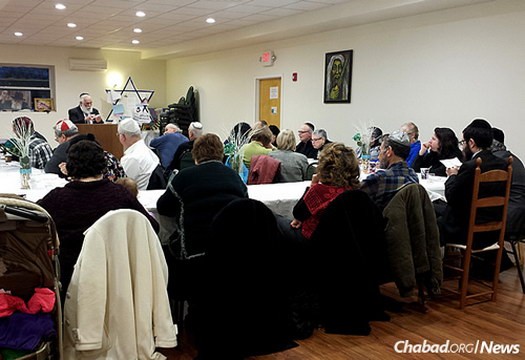
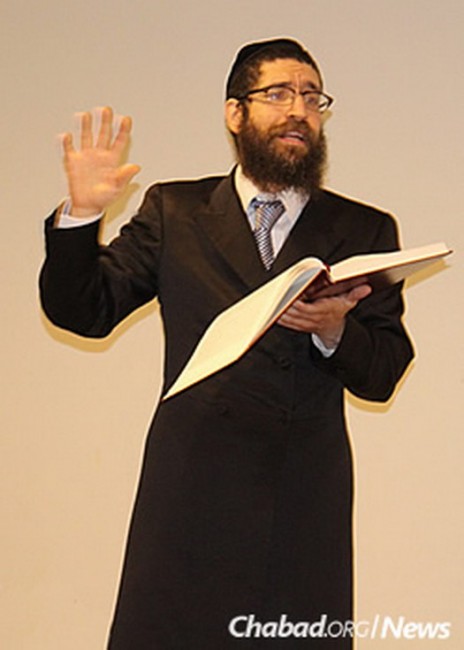
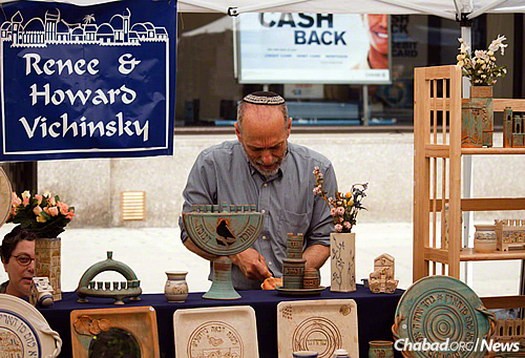
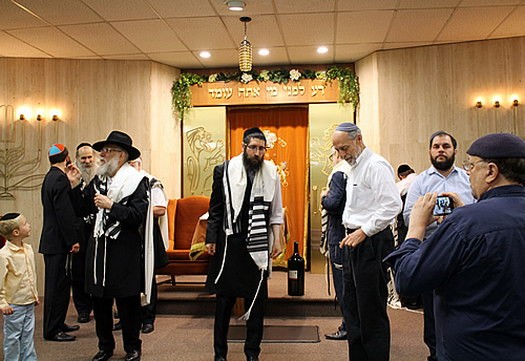
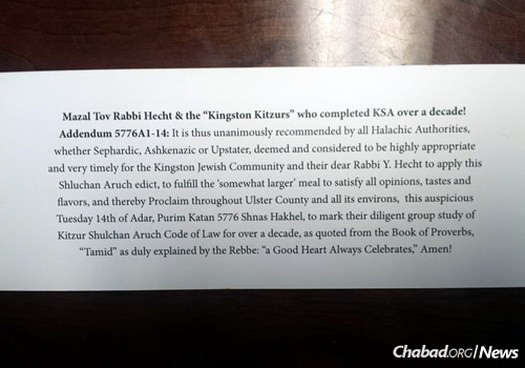
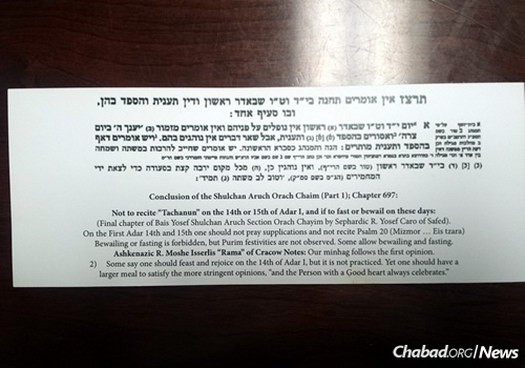











Mazal tov for the bris
Mazal tov for the bris
Wonderful!
That’s beautiful! Congrats to all that participated.
1864
The Shul was founded in 1864, the same year the Kitzur was published!!
Hashgacha Protis!!!
Merkos Shlichus 5776
Rabbi Hecht rocks! I was in kingston on Merkos Shlichus back when you guys started in 5776.